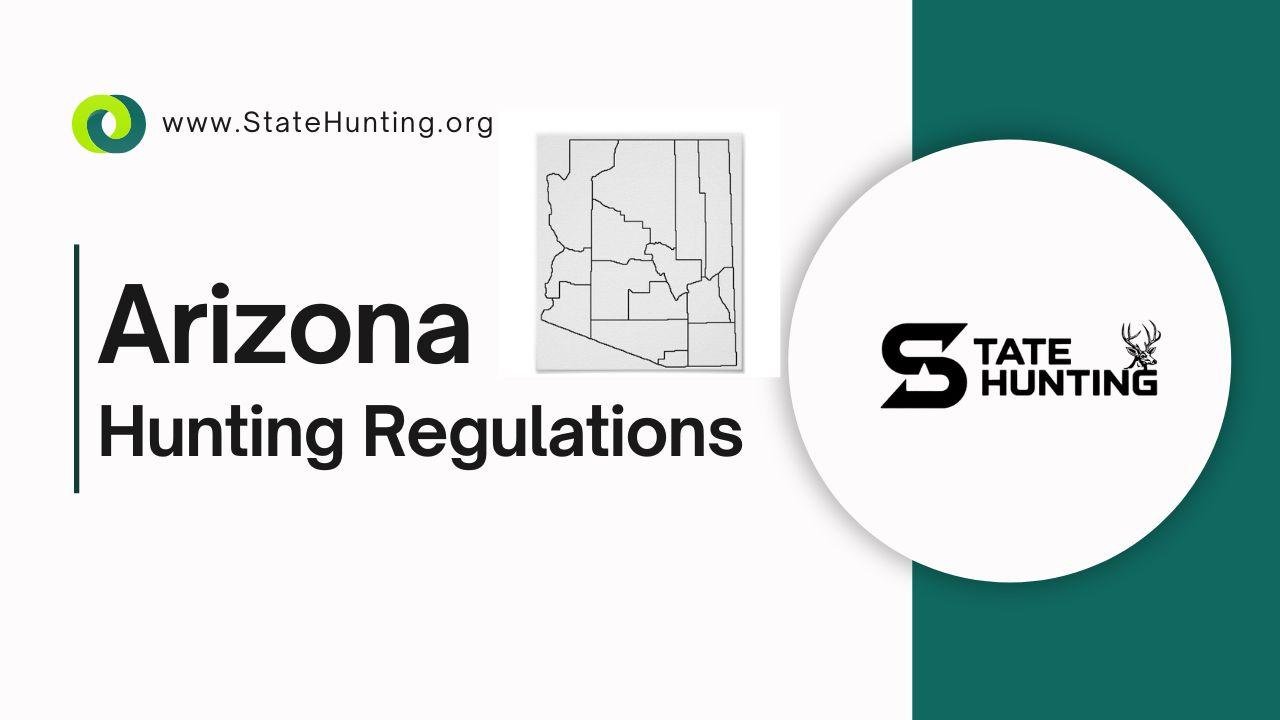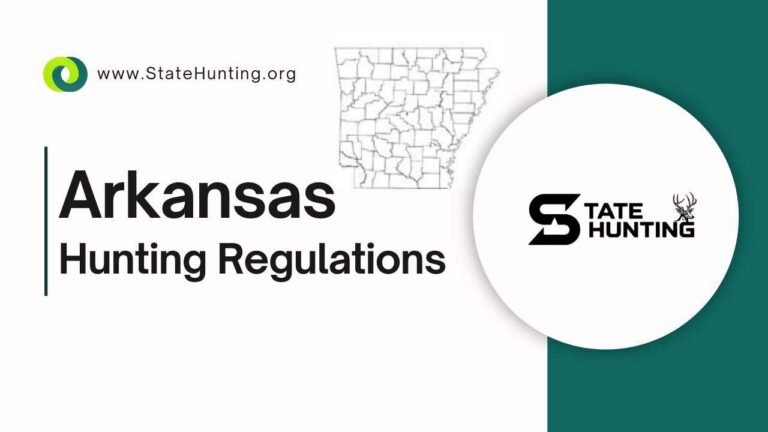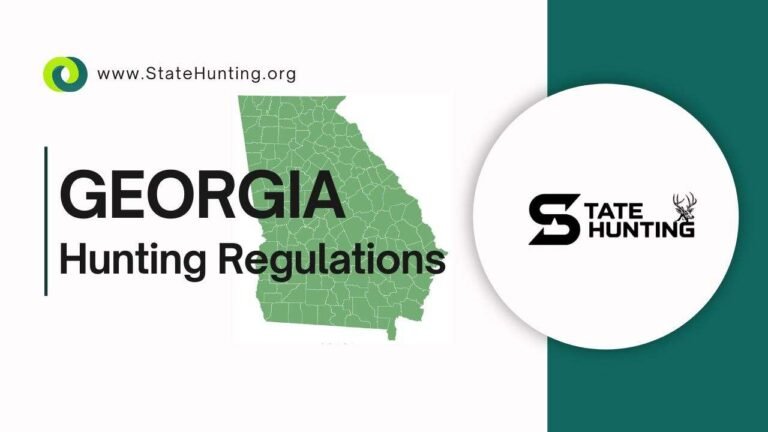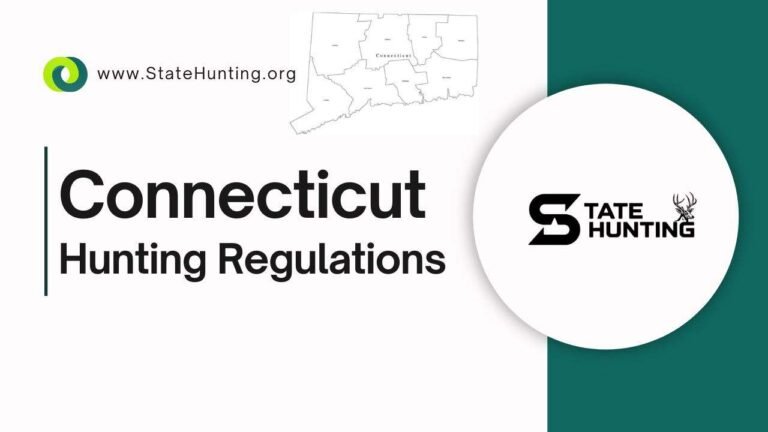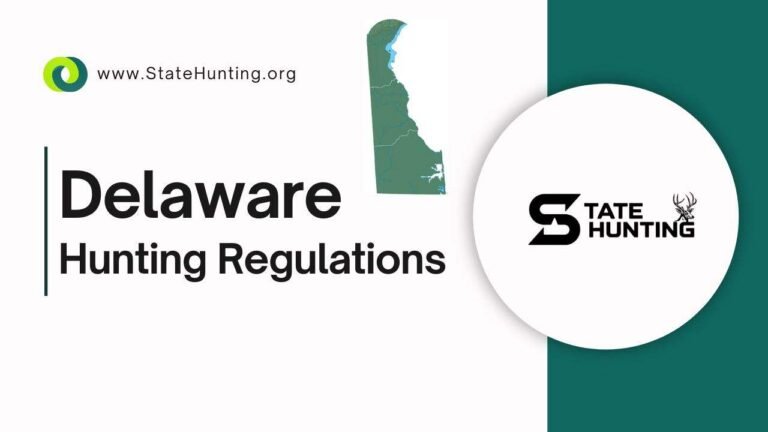Hunting Regulations in Arizona (2025) – Tags, Weapons, Zones & Rules
Planning to hunt in the Grand Canyon State? You’ve come to the right place! Arizona offers some of the most diverse game opportunities in the country, from desert javelinas to mountain elk. But before you head out with your rifle or bow, there are some essential things you need to know about permits, legal weapons, zones, and the various game laws that keep our wildlife populations healthy.
Whether you’re a complete beginner or just new to Arizona, this guide will walk you through everything you need to get started on the right foot. The state has pretty straightforward requirements, but missing even one detail could turn your dream hunt into a legal headache. Let’s break it down step by step so you can focus on what really matters – getting out there and enjoying Arizona’s incredible outdoor opportunities.
🎟️ License & Tag Requirements in Arizona
Who needs a permit? Pretty much everyone! Arizona residents and non-residents who are 10 years and older must have a valid license to hunt in the state. Arizona Game and Fish Department
Here’s where it gets interesting for families: kids under 10 can hunt (except big game) without their own permit, but they must be supervised by a properly licensed adult who’s at least 18. Only two unlicensed children can accompany each license holder, so plan accordingly if you’re bringing a group of young hunters.
Youth and Senior Benefits:
- Youth ages 10-17 can get a combo hunt and fish permit for just $5 (both residents and non-residents)
- Seniors who are 70+ with 25 consecutive years of Arizona residency qualify for a free Pioneer License
- Disabled veterans with 100% service-connected disabilities also qualify for complimentary permits
Resident vs. Non-Resident Costs:
- Arizona residents: General permit $37, Combo hunt/fish $57
- Non-residents: Combo hunt/fish $160 (that’s your only hunting option as a non-resident)
- All permits are valid for 365 days from purchase date
Species-Specific Tags: Don’t forget – your general permit only covers small game, upland birds, and predators. Big game animals like deer, elk, and turkey require separate tags, many of which are awarded through a lottery draw system. The application deadlines vary by species, so mark your calendar early.
Where to Buy: You can purchase permits online at the official licensing portal, at any Arizona Game and Fish Department office, or through licensed dealers statewide. Online is usually the quickest option, especially if you’re planning from out of state.
🔫 Legal Weapons & Season Methods
Arizona is pretty accommodating when it comes to weapon choices, but each hunt type has specific requirements you’ll need to follow.
Firearm Options:
- Any legal firearm during general weapon seasons
- Centerfire rifles are most common for big game
- Rimfire guns allowed for small game and certain species
- Handguns are legal for appropriate game
- Pre-charged pneumatic weapons are allowed in some seasons
Archery Equipment:
During archery-only seasons, you’re limited to traditional bows and compound bows. Crossbows are NOT allowed during archery-only periods – this is a common mistake that can cost you your hunt and result in hefty fines.
Crossbow Specifics:
Here’s where things get a bit technical. Crossbows are legal during general weapon seasons, muzzleloader seasons, and certain other hunt types, but they must meet specific requirements:
- Minimum draw weight of 125 pounds
- Permanent fixed rifle-type stock
- Functional mechanical safety device
- Can be used in any hunt that allows centerfire rifles or muzzleloaders
Muzzleloader Seasons:
Traditional and in-line muzzleloaders are permitted during designated seasons. These primitive weapon seasons often offer better draw odds and less crowded hunting conditions.
Safety Requirements:
Good news for those who don’t like wearing bright colors – Arizona doesn’t require blaze orange clothing! However, many experienced hunters still recommend wearing some orange, especially during busy seasons and on popular public lands. The philosophy here is that you should positively identify your target before taking any shot.
Hunter Education:
Anyone under 14 must complete a Hunter Education Course before taking big game. Adults aren’t required to take the course, but it’s highly recommended, especially for newcomers to the sport.
📍 Hunting Zones & Units in Arizona
Arizona divides the state into Game Management Units (GMUs), and understanding this system is crucial for successful hunt planning. The state is organized into six regions, each containing multiple individual units.
How the System Works:
Each GMU has its own specific boundaries, terrain characteristics, and species populations. Some units are known for trophy elk, others for excellent deer hunting, and some specialize in unique species like javelina or desert bighorn sheep.
Regional Breakdown:
- Region I (Pinetop area): Mountain country with elk, deer, and turkey
- Region II (Flagstaff area): High-elevation forests, excellent elk habitat
- Region III (Kingman area): Desert and transition zones
- Region IV (Yuma area): Lower desert, prime javelina country
- Region V (Tucson area): Sonoran Desert specialties
- Region VI (Mesa area): Diverse terrain and species mix
Why Units Matter:
Each unit has different season dates, bag limits, and weapon restrictions. A hunt that’s legal in Unit 6A might be completely prohibited in Unit 12B. Always double-check your specific unit’s requirements before heading out.
Finding Your Unit:
The Arizona Game and Fish Department provides detailed GMU maps online, showing boundaries, access points, and key features. You can also purchase detailed topographic maps for specific units from various retailers.
📅 Season Timing & Bag Limits (Brief Overview)
Arizona’s hunting seasons are carefully managed to ensure sustainable wildlife populations while providing maximum opportunities for hunters.
General Season Framework:
Most big game seasons run from late summer through winter, with archery seasons typically opening first, followed by general weapon periods. Spring seasons focus primarily on turkey and javelina.
Popular Species Timing:
- Deer: Archery seasons often start in late August, with rifle seasons in October-December
- Elk: Similar timing to deer, with some units offering late-season opportunities
- Javelina: Multiple seasons throughout the year, including a new archery-only season running January-December in select units
- Turkey: Spring seasons (March-May) and fall opportunities
- Small Game: Many species have generous seasons running several months
Bag Limits Examples:
- Javelina: Two per calendar year (cannot be from the same hunt)
- Most big game: One animal per tag
- Small game and upland birds: Varies by species and season
Draw vs. Over-the-Counter:
Some tags are available over-the-counter, while premium units and species require entering the lottery draw system. Draw applications have specific deadlines throughout the year, so plan ahead.
🙋 FAQ Section
Q: Can I hunt on private land without a license?
A: No, you need a valid Arizona permit to hunt anywhere in the state, including private property. However, landowner permission is still required for private land access.
Q: What’s the deal with the lottery draw system?
A: Popular units and species use a lottery system to allocate tags. You apply during specific periods, pay a small application fee, and hope your number comes up. Some units have very low odds, while others are much easier to draw.
Q: Do I need Hunter Education if I’m over 18?
A: Not legally, but it’s strongly recommended. The course covers vital safety information, wildlife biology, and ethical hunting practices that make you a better, safer hunter.
Q: Can I use my out-of-state Hunter Education certificate?
A: Yes, Arizona recognizes Hunter Education certifications from other states and provinces, as long as they meet international standards.
🔗 Helpful Resources & Official Links
Essential Links:
- Arizona Game and Fish Department – Your primary resource for all game laws and updates
- Online License Purchase – Buy permits and check your draw results
- Current Regulations – Download the latest rule books
- GMU Maps and Information – Detailed unit descriptions and maps
- Draw Application Portal – Apply for premium tags
Regulation Booklets:
The department publishes several detailed regulation booklets each year:
- General game species (deer, turkey, javelina, etc.)
- Elk and pronghorn
- Spring seasons
- Waterfowl and dove
- Trapping guidelines
These booklets contain the specific dates, units, bag limits, and weapon restrictions for each hunt type.
👋 Conclusion
Arizona offers incredible hunting opportunities, but success starts with understanding and following the rules. The key requirements are straightforward: get the right license for your residency status, ensure you have proper tags for your target species, use legal weapons for your specific hunt type, and know your GMU boundaries and requirements.
The most important advice? Always check the official Arizona Game and Fish website for the most current information before your hunt. Game laws can change, seasons get modified, and new opportunities are added throughout the year. What was legal last season might not be this year, and new opportunities might have opened up that you don’t want to miss.
Remember, these guidelines are designed to keep our wildlife populations healthy for future generations while ensuring everyone has safe, ethical experiences in the field. When in doubt, contact the Arizona Game and Fish Department directly – they’re always happy to help hunters understand the requirements and make the most of their time in Arizona’s diverse landscapes.
Happy hunting, and welcome to one of the country’s premier hunting destinations! Whether you’re chasing desert mule deer, mountain elk, or those feisty javelinas, Arizona’s got something special waiting for you.
This guide provides general information about Arizona’s 2025 game laws. Always consult the official Arizona Game and Fish Department regulations for the most current and detailed requirements before your hunt.

